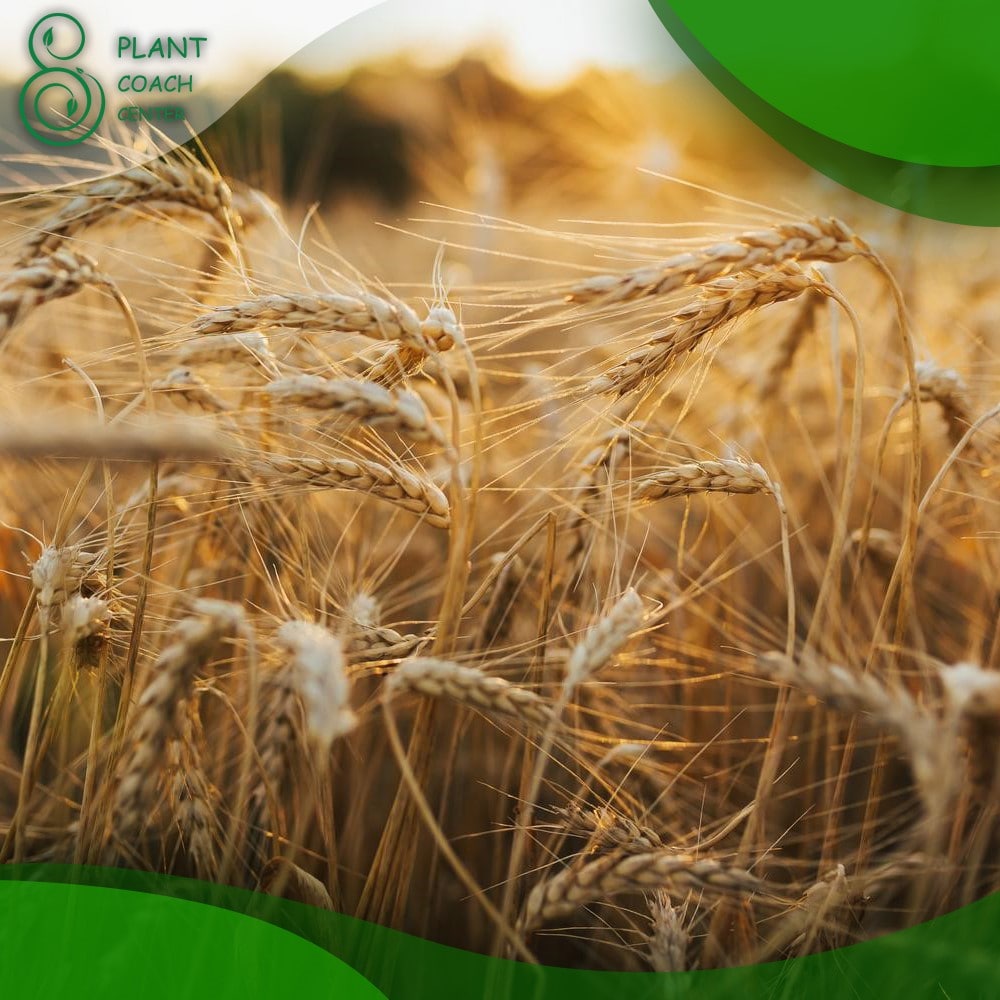When Do You Plant Wheat
In the vast expanse of golden fields, an agricultural marvel stands tall, sustaining billions across the globe – wheat, the backbone of our food supply. But behind this humble grain lies a secret art, the science of planting wheat at precisely the right moment.
The success of a harvest hinges on the timely sowing of wheat seeds, a delicate orchestration led by farmers who conduct nature’s symphony. In this article, we embark on a journey to uncover the mysteries of when to plant wheat, exploring the harmonious interplay of climate, geography, and wisdom that governs this essential process.
From the rolling wheat belts of North America to the transformed rice paddies of Asia, we traverse continents to unearth the optimal planting time for this precious crop. So, join us as we sow the seeds of knowledge about when and how to plant wheat, and witness the beauty of this agricultural masterpiece unfold before your eyes.
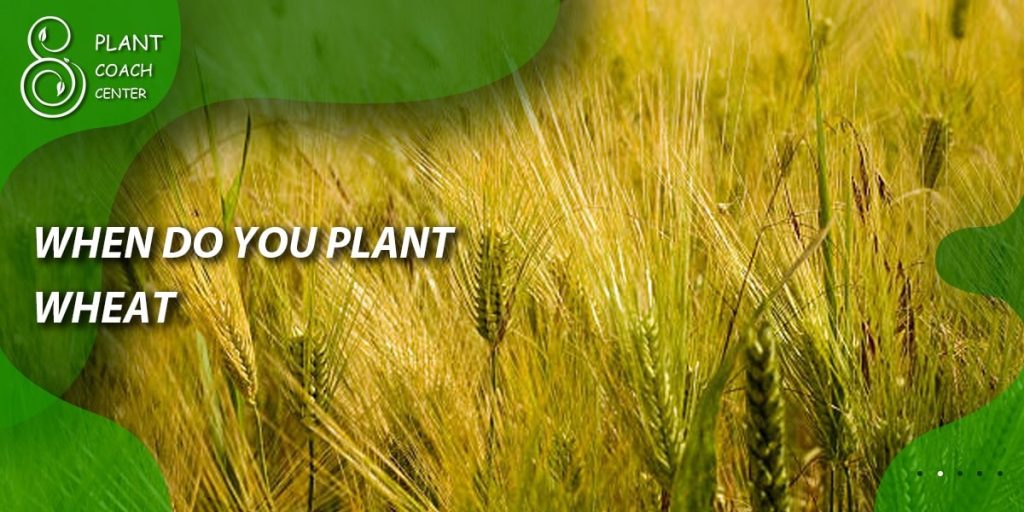
Understanding Wheat Planting Time:
Wheat planting time refers to the specific period when farmers sow wheat seeds into the soil to initiate its growth. The timing is critical, as it impacts the crop’s entire life cycle.
The goal is to find the balance between avoiding potential frost damage and ensuring that the crop has sufficient time to mature before the onset of adverse weather conditions or excessive heat.
Determining Optimal Planting Time:
The optimal wheat planting time varies depending on several factors. Different wheat varieties have specific planting requirements, including temperature thresholds and photoperiod sensitivity.
Geographical considerations, such as latitude and elevation, also play a significant role in determining the suitable planting time. Additionally, proper soil preparation and conditions are essential for successful wheat germination and establishment.
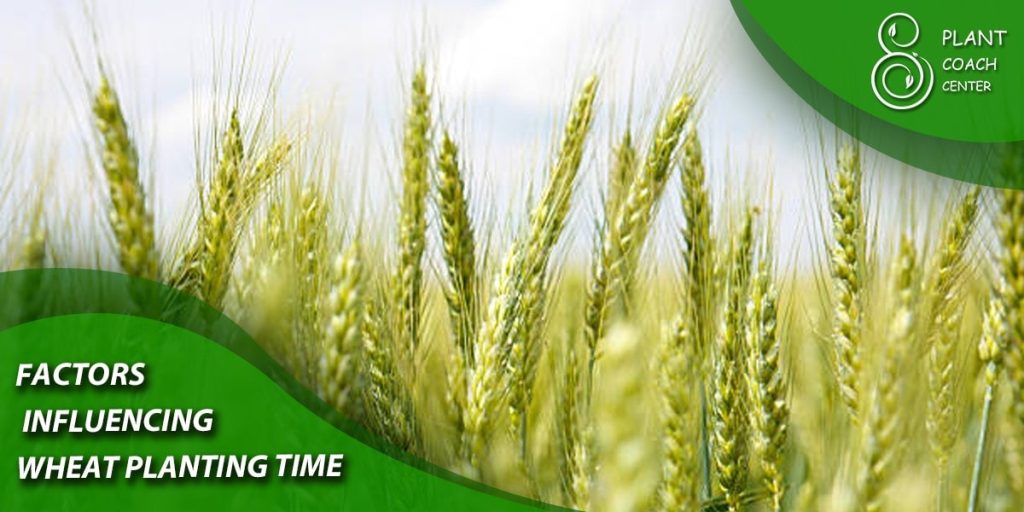
Factors Influencing Wheat Planting Time:
Climate:
Frost and Cold Temperatures:
Frost can be detrimental to young wheat plants, causing damage to delicate seedlings and leading to poor stand establishment. Hence, planting too early in regions prone to late frosts can pose a significant risk.
Excessive Heat:
Wheat is susceptible to heat stress during its reproductive stage, particularly during grain filling. High temperatures can reduce grain quality and overall yields. Hence, planting too late in hot regions can negatively impact crop performance.
Rainfall Patterns:
Adequate Soil Moisture:
Planting should coincide with sufficient soil moisture to promote germination and early growth. Delayed planting due to prolonged dry spells may result in delayed emergence or even poor germination.
Waterlogged Soil:
Excessive rainfall and waterlogged conditions can delay or prevent sowing, leading to planting time constraints and potential yield losses.
Photoperiod Sensitivity:
Day Length and Development:
Wheat varieties exhibit different responses to day length, known as photoperiod sensitivity. This means that the length of daylight hours influences the plant’s developmental stages, such as flowering and heading.
Day Length Requirements:
Some varieties are classified as long-day, short-day, or day-neutral. Long-day varieties require longer daylight hours for flowering, while short-day varieties require shorter daylight periods. Understanding this sensitivity helps farmers select the right variety and align planting dates accordingly.
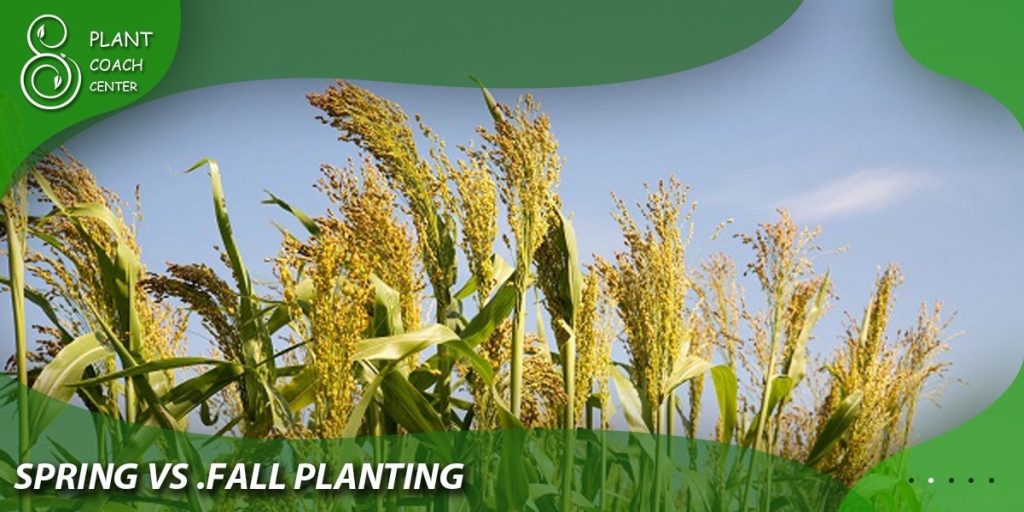
Spring vs. Fall Planting:
When it comes to planting wheat, farmers have two primary options: spring and fall planting. Each option presents its own set of advantages and disadvantages, making the decision a critical one that can significantly impact the success of the wheat crop.
Spring Planting:
Spring planting involves sowing wheat seeds in the early spring months as temperatures start to rise. One of the main advantages of spring planting is the opportunity for early growth. The wheat plants get a head start in their development, taking advantage of the increasing warmth and longer daylight hours.
This early growth can result in better tillering (the formation of additional stems) and stronger root systems, which contribute to overall plant health. Moreover, spring planting allows farmers to avoid the potential damage caused by harsh winter conditions.
By planting after the winter frosts have subsided, young wheat seedlings are less vulnerable to cold-related stress, ensuring a higher chance of successful establishment. However, spring planting also comes with some risks. Unpredictable weather patterns during the early spring can lead to fluctuations in temperature and moisture levels.
These fluctuations may impact the wheat crop, potentially affecting germination and early growth. Additionally, spring planting coincides with the onset of certain disease pressures, such as fungal infections, which can pose challenges for crop management and may require vigilant monitoring and timely interventions.
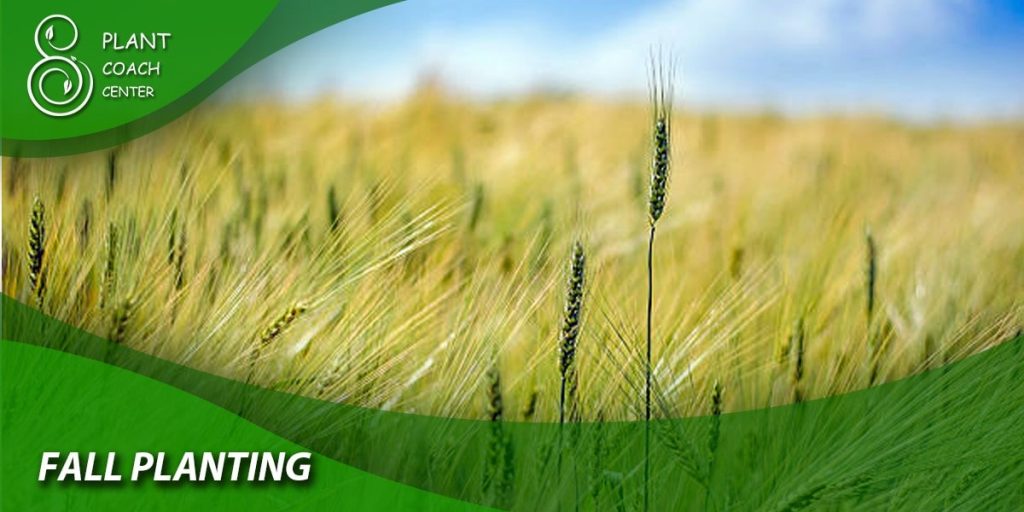
Fall Planting:
Fall planting involves sowing wheat seeds in the late summer or early fall, before winter sets in. One of the significant advantages of fall planting is the head start it provides in the growing season. The wheat plants establish themselves before winter dormancy, and once spring arrives, they resume growth promptly.
This early establishment can lead to better tillering and a longer period for grain filling, potentially resulting in higher yields. Furthermore, fall-planted wheat is better positioned to utilize moisture from winter rains and snowmelt, making it more resilient to drought conditions during the growing season.
However, fall planting requires careful consideration of planting dates to avoid late-season stress on the wheat plants. If planted too late in the fall, the crop may not have enough time to establish robust root systems before winter dormancy.
Additionally, late-planted wheat may be more susceptible to frost damage, particularly in regions with harsh winters. Farmers must find the optimal balance to ensure the crop has enough time to develop without encountering detrimental weather conditions.
In conclusion, the choice between spring and fall planting depends on various factors such as regional climate, available resources, and the specific wheat variety being cultivated. By carefully evaluating the advantages and disadvantages of each option, farmers can make informed decisions that optimize the wheat crop’s growth, health, and potential yield.
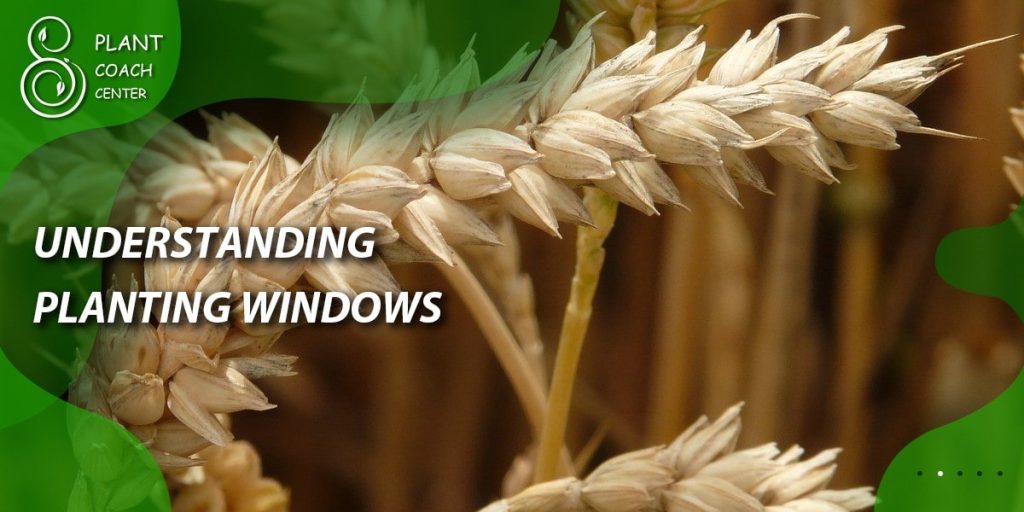
Understanding Planting Windows:
Wheat planting windows refer to specific timeframes within which farmers can optimally plant the crop. These windows are categorized into early, mid, and late planting periods.
Early Planting Window:
This window offers the advantage of an extended growing season, allowing wheat to mature before the onset of harsh weather. However, early planting carries the risk of exposing young plants to late spring frost. Regions with milder winters are more suitable for early planting.
Mid-Planting Window:
This period strikes a balance between the benefits of early and late planting. It ensures that wheat avoids severe cold while still receiving enough growing days. Geographic location and local climate should be considered when choosing the mid-planting window.
Late Planting Window:
Late planting is often a result of unforeseen circumstances or deliberate management decisions. It carries higher risks, such as increased vulnerability to heat stress, diseases, and lower yield potential. However, in certain regions with specific wheat varieties, late planting might still be viable.
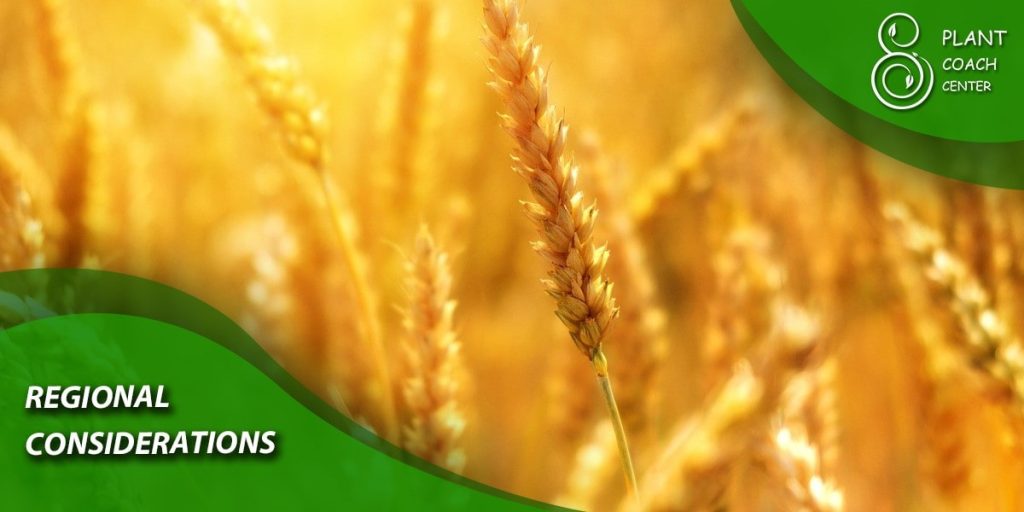
Regional Considerations:
The optimal wheat planting time varies across different regions globally. In North America, the United States and Canada have distinct wheat belt regions with recommended planting dates aligned with regional climate patterns. In Europe, Western and Eastern countries like the UK, France, Ukraine, and Russia follow different planting schedules due to diverse climate conditions.
Asia’s China and India determine their wheat planting dates based on their respective wheat production regions and climatic variations. Australia’s wheat-growing regions also have specific planting timeframes due to their unique climate.
To achieve successful wheat planting, farmers must adhere to best practices. These practices include choosing high-quality seeds with good germination rates and disease resistance, treating seeds with fungicides and insecticides for protection against pests and diseases, determining the appropriate seeding rate and depth to ensure uniform stands, applying suitable fertilizers and managing nutrient levels for optimal growth, implementing integrated pest management strategies to control weeds, pests, and diseases, and ensuring adequate and well-timed irrigation to support wheat growth.
By following these practices, farmers can enhance their wheat crop’s health, yield, and overall success.
Climate Change and Adaptations:
Impact of Warmer Temperatures on Wheat Farming:
Rising global temperatures are bringing about heat stress during crucial growth stages of wheat. This heat stress negatively impacts the development of wheat grains and leads to reduced overall yields. As temperatures increase, wheat plants face challenges in completing critical growth processes, and heat-induced damage can significantly affect the crop’s productivity.
Adopting Climate-Resilient Wheat Varieties:
To combat the challenges posed by warmer temperatures, farmers are actively exploring and adopting climate-resilient wheat varieties. These varieties are specifically bred or engineered to possess greater tolerance to higher temperatures.
Through advanced genetic breeding and biotechnology, researchers are developing wheat strains that can thrive even under elevated temperatures, ensuring a stable and productive wheat crop in a changing climate.
Shifting Rainfall Patterns and Challenges:
Climate change is causing shifts in rainfall patterns, leading to uneven distribution of precipitation in various regions. This irregularity in rainfall can create challenges for farmers when determining the optimal time for planting and managing crop development.
With changing patterns of wet and dry spells, farmers must adapt their planting strategies to make the most of available water resources and optimize crop growth.
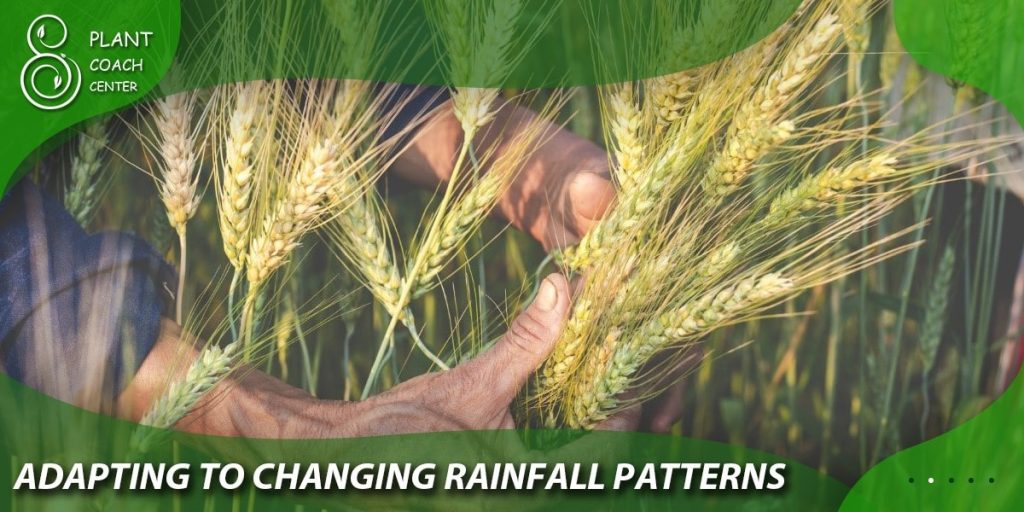
Adapting to Changing Rainfall Patterns:
To adapt to the changing rainfall patterns, farmers must adjust their planting schedules accordingly. They need to carefully time their planting to coincide with periods of optimal moisture, ensuring that the crop receives enough water for germination and early growth.
Additionally, implementing water-saving irrigation techniques becomes essential in regions where water availability is scarce or unpredictable.
Dealing with Extreme Weather Events:
Climate change is also manifesting through an increased frequency and intensity of extreme weather events, such as hurricanes, floods, and droughts.
These events can disrupt planting schedules, cause damage to crops, and result in potential economic losses for farmers. To build resilience against such events, farmers are embracing climate-smart agricultural practices. Conservation tillage and cover cropping are examples of techniques that protect soil health and minimize the impact of extreme weather on crops.
Harnessing Technological Innovations for Adaptation:
Advanced technological solutions are becoming crucial in assisting farmers to adapt to climate change. Improved weather forecasting systems and satellite imagery provide real-time data and insights, enabling farmers to make informed decisions about planting and resource management.
Precision agriculture technologies, including soil sensors and remote monitoring systems, allow for more efficient use of resources such as water and fertilizers, helping farmers optimize crop production even under challenging conditions.
Collaborative Efforts and Ongoing Research:
Addressing the challenges of climate change in wheat farming requires collaboration among farmers, scientists, and policymakers. Such collaborative efforts enable the exchange of knowledge, expertise, and best practices to build resilience in the face of a changing climate.
Continuous research and innovation are crucial in developing new strategies and solutions to enhance climate adaptation in wheat farming and secure future food production.
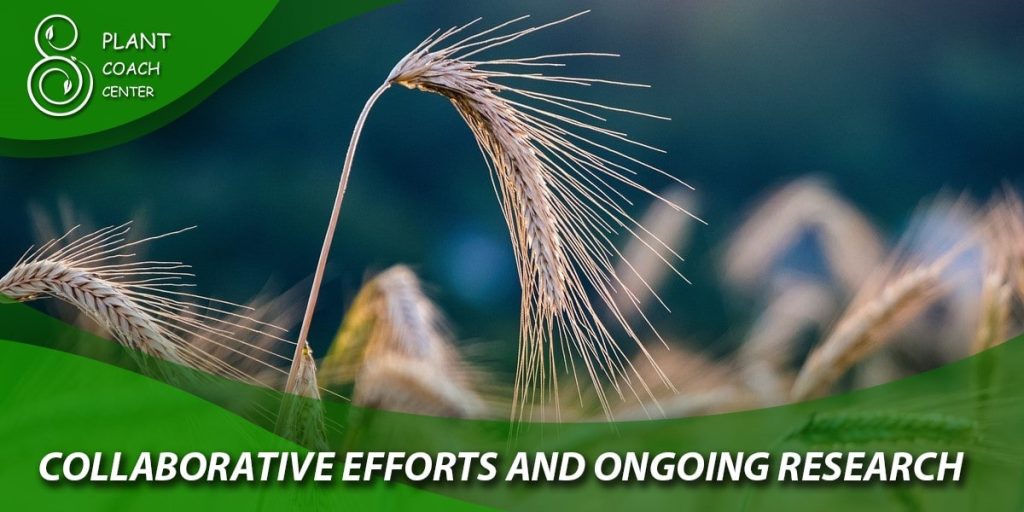
Conclusion:
In the ever-changing landscape of agriculture, the art of choosing the perfect moment to plant wheat is nothing short of a masterpiece. Armed with knowledge about the factors influencing planting time, regional nuances, and best practices, farmers possess the keys to unlock bountiful harvests and nourish the world’s hungry billions.
The symphony of climate change presents its challenges, but it also invites a dance of adaptation and innovation, where research and collective effort will be the partners in securing the future of wheat production. As we face the uncertainties of tomorrow, the resilient spirit of the farming community shines brightly, ensuring that the golden fields of wheat will continue to sway in the gentle breeze, providing sustenance for generations to come.
When is the best time to plant wheat?
Fall or spring, depending on regional climate and wheat variety.
How do I choose a climate-resilient wheat variety?
Look for heat-tolerant and adaptable varieties.
How can I adapt to shifting rainfall patterns?
Adjust planting schedules and adopt water-saving irrigation.
What are climate-smart agricultural practices?
Techniques conserving resources and building resilience.
Can I plant wheat in regions with extreme temperatures?
Yes, with heat-tolerant varieties and proper management.


